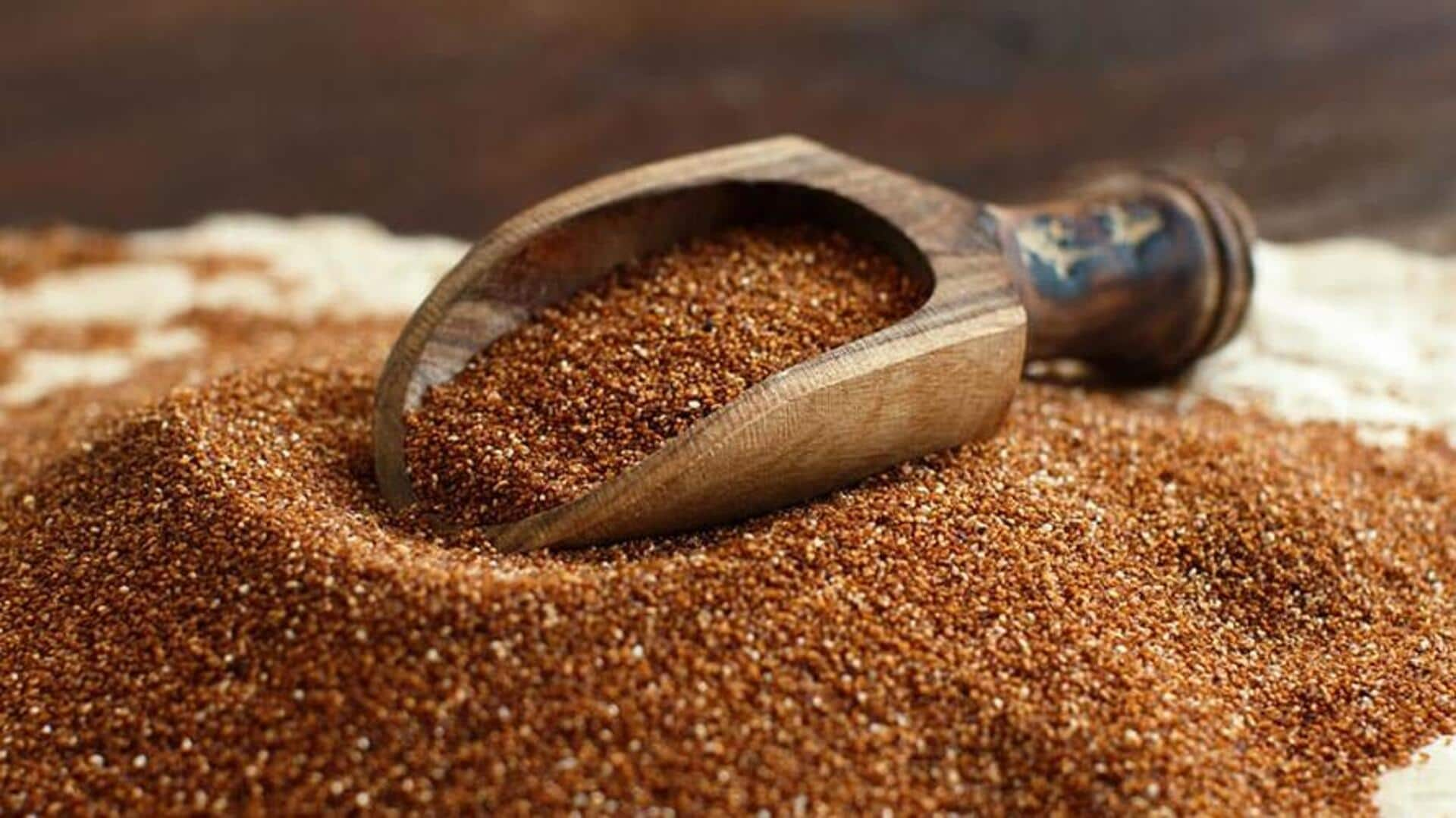
The untapped treasure of teff: An Ethiopian super grain
What's the story
Teff, the tiny grain native to Ethiopia, packs a big nutritional punch! High in protein, fiber, and minerals, it's a powerhouse of goodness. It's the secret ingredient in Ethiopian injera, that delicious sourdough-risen flatbread we all love. Known as a "super grain" for its health benefits, teff is now gaining popularity worldwide as a nutritious alternative to regular grains.
Nutrition
A nutritional powerhouse in tiny seeds
Teff is a nutritional powerhouse. It is packed with high amounts of calcium, iron, and magnesium. A single cup of cooked teff delivers 123 mg of calcium - that's more than what you get in 100 ml of milk - it is a great food for your bones. Plus, with five grams of fiber per serving, it supports digestion and keeps your blood sugar steady.
Gluten-free
Gluten-free goodness for all
Perhaps the most notable benefit of teff is that it is naturally gluten-free. This makes it a fantastic grain option for those with celiac disease or gluten sensitivities. It's gaining popularity, thanks to the growing demand for gluten-free foods that don't compromise on flavor or nutrition. This makes teff a highly sought-after substitute in diets requiring strict gluten avoidance.
Cooking
Versatility in the kitchen
Teff is not just for injera anymore! You can cook it up like porridge for a hearty breakfast, stir it into soups or stews for extra thickness, or even pop it like popcorn for a fun and crunchy treat. Its mild, slightly nutty taste pairs well with both sweet and savory flavors, so it's a great way to add some nutritious variety to your meals.
Sustainability
Sustainable farming practices
Teff is not just good for those who consume it, it also contributes positively to the environment. It is a low-water crop that can grow rapidly in diverse conditions without the need for chemical fertilizers or pesticides. This hardiness makes teff a desirable choice for farmers transitioning toward more sustainable agriculture practices.
Tips
Incorporating teff into your diet
Starting with teff flour is the easiest way to incorporate this super grain into your diet. You can use it to bake breads or muffins for a healthy swap. Or, add it to your smoothies for an additional nutrient kick. And, if you're feeling adventurous and love Ethiopian food, trying your hand at homemade injera is a fun culinary challenge to tackle.